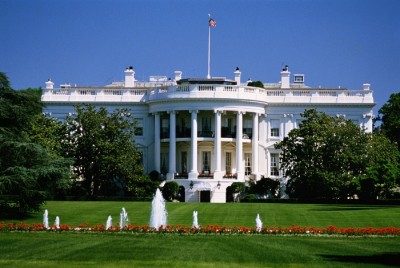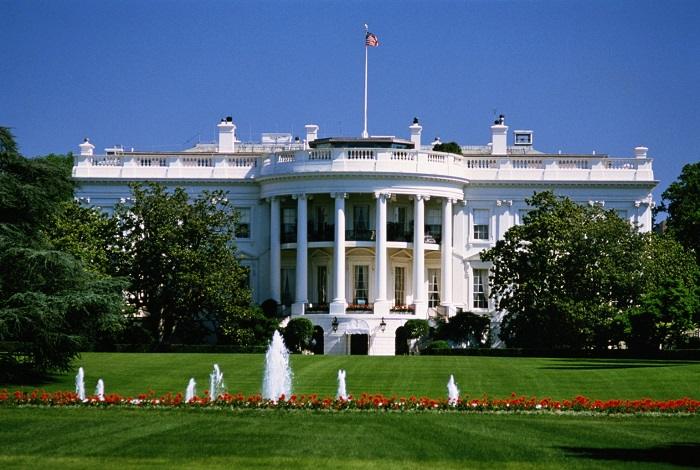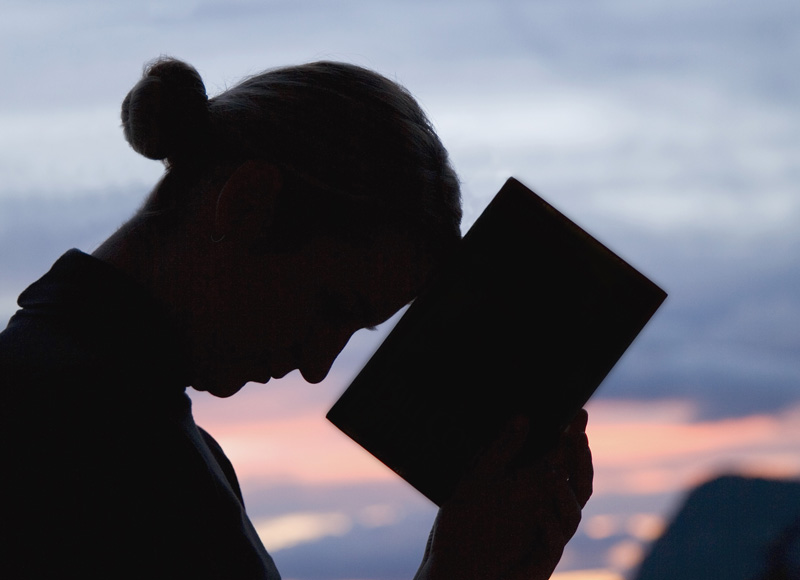 A major power outage hit Washington, D.C. around lunch Tuesday, affecting everything from private businesses to public transportation to government buildings, including the White House, the capitol building and the State Department.
A major power outage hit Washington, D.C. around lunch Tuesday, affecting everything from private businesses to public transportation to government buildings, including the White House, the capitol building and the State Department.
The outage was reportedly caused by an explosion at a transformer in the Maryland suburbs of D.C.. The transformer is operated by SMECO.
Many buildings, including the White House, were running on generators.
Homeland Security officials were investigating the explosion.
Museums such as the Smithsonian were evacuating visitors. The University of Maryland’s campus in College Park also was in the dark.
Tom Dennison, a spokesman with SMECO, said the incident involved failure on a 230,000-volt line operated by another company, Pepco.
That failure caused a domino effect, Dennison told The Washington Post.
New Survival Energy Product Makes Every Window A Powerful Solar Charger
Power was restored by night, but not before giving residents a scare.
The incident demonstrates that no part of America’s aging power grid is immune from blackouts — not even the nation’s political hub.
As previously reported by Off The Grid News, the U.S. power grid received a “D+” grade on its report card from the American Society of Civil Engineers (ASCE) in 2013. The power grid grade card rating means the energy infrastructure is in “poor to fair condition and mostly below standard, with many elements approaching the end of their service life.” It further means a “large portion of the system exhibits significant deterioration” with a “strong risk of failure.”
“America relies on an aging electrical grid and pipeline distribution systems, some of which originated in the 1880s,” the 2013 ASCE report read. “Investment in power transmission has increased since 2005, but ongoing permitting issues, weather events, and limited maintenance have contributed to an increasing number of failures and power interruptions.”
Discover The Top 11 Threats To The Power Grid. Read More Here.










